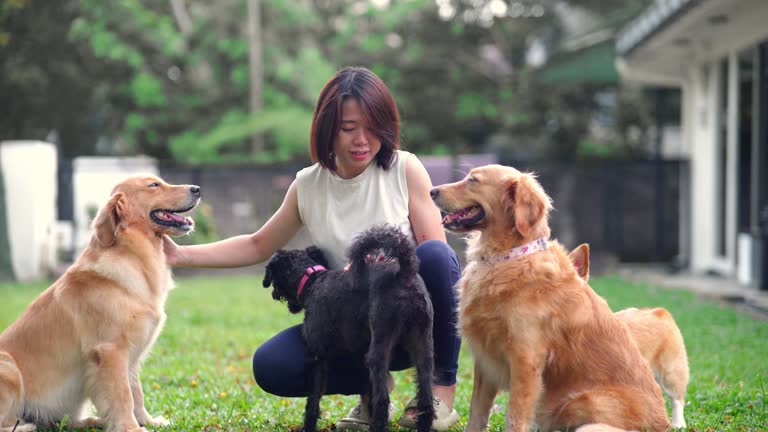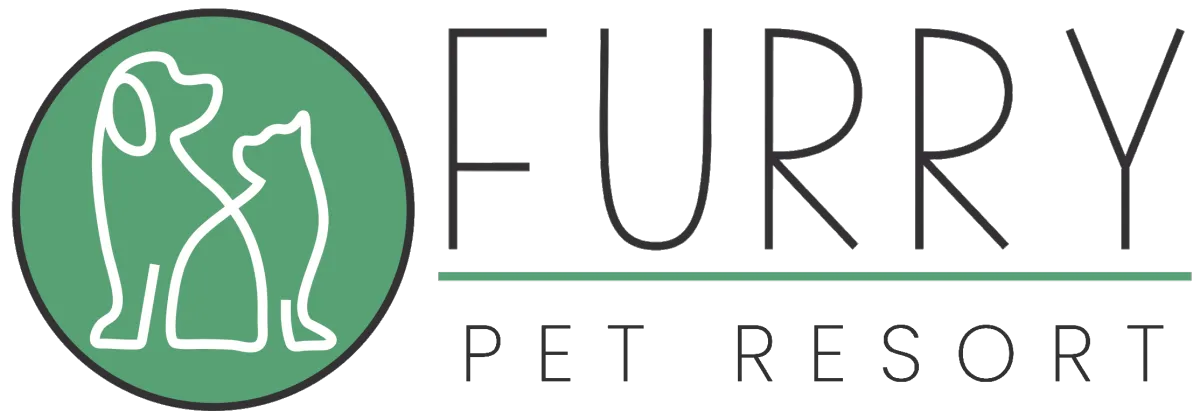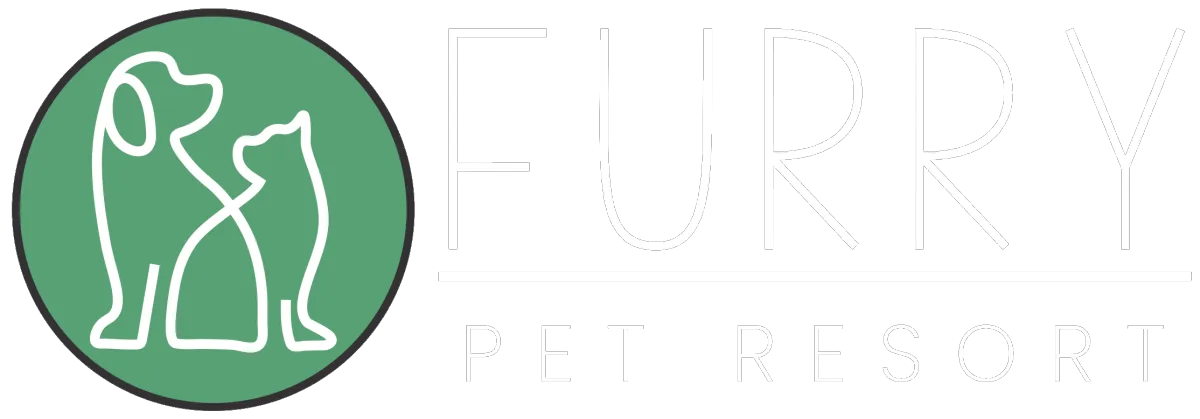
Dog Daycare and Dog Boarding Enrichment Guide
Every dog deserves more than supervision; they deserve stimulation. Enrichment turns an ordinary daycare or boarding stay into a fulfilling experience that challenges your dog’s mind, strengthens their body, and supports their emotional balance. This guide walks you through what true enrichment looks like in professional settings and how it transforms a routine stay into a rewarding one.
Dog Daycare and Dog Boarding Enrichment Guide
Why Enrichment Matters in Dog Daycare and Boarding
The Five Core Types of Canine Enrichment
Designing a Daily Enrichment Schedule
Tailoring Enrichment for Different Ages and Temperaments
Staff Training and Enrichment Protocols
Why Enrichment Matters in Dog Daycare and Boarding
Enrichment is the practice of introducing purposeful activities that encourage natural behaviors and mental engagement. Dogs crave structure and novelty. Without it, they may develop stress behaviors like pacing, barking, or chewing. Enrichment gives them healthy outlets for energy and curiosity. It reduces anxiety, improves adaptability, and helps dogs form positive associations with group care environments. A well-enriched dog rests better, interacts calmly, and looks forward to returning.
The Five Core Types of Canine Enrichment
Every enrichment plan should include five core types: social, cognitive, food-based, sensory, and physical. Together, they create a holistic system that nurtures both mind and body. The next sections break down each category and how to apply it in real-world daycare and boarding programs.
Social Enrichment
Social enrichment centers on healthy interaction with both dogs and people. Structured playgroups give dogs a chance to practice social skills while releasing energy in a controlled way. Supervised free-play sessions work best when matched by size and temperament. Short rest periods between sessions allow dogs to recharge and prevent overstimulation.
If a dog prefers human interaction, one-on-one cuddle sessions, light brushing, or calm leash walks can meet that social need. Effective social enrichment depends on observation. Trained staff track behavioral cues, relaxed posture, play bows, wagging tails, to confirm positive engagement. Balanced social exposure builds confidence and reduces anxiety during future stays.
Cognitive Enrichment
Dogs enjoy problem-solving. Cognitive enrichment taps into that instinct with activities that challenge focus and reward persistence. Puzzle feeders, hide-and-seek games, and brief training sessions provide mental exercise. For example, a scent trail leading to a favorite toy or a simple “find it” command can transform downtime into discovery time.
The key is variety. Rotate puzzles every few days and adjust difficulty so dogs stay interested but not frustrated. Cognitive tasks reinforce obedience and self-control, skills that translate to calmer behavior in social play. Facilities often track daily engagement minutes or note reduced pacing and barking as indicators of cognitive success.
Food-Based Enrichment
Dogs are natural foragers. Food-based enrichment satisfies that instinct while slowing fast eaters and engaging their senses. Instead of serving meals in a plain bowl, scatter kibble in a snuffle mat or stuff it into a KONG. Frozen food-filled toys extend feeding time and provide soothing relief for anxious dogs.
Safety and portion control come first. Staff should note allergies, clean enrichment tools between uses, and supervise dogs prone to resource guarding. A successful food-based enrichment plan balances stimulation with structure; every meal becomes both nourishment and activity.
Sensory Enrichment
A dog’s world is built on scent. Sensory enrichment introduces controlled novelty in smell, sound, and sight. Rotating scent stations stimulates curiosity and reduces stress. Soft classical music or nature sounds promote calm in kennels, while visually varied spaces prevent monotony.
For outdoor yards, supervised “sniff walks” let dogs explore new surfaces and smells under guidance. Sensory enrichment requires moderation; too much stimulation can overwhelm. Staff note each dog’s responses to find the right balance between curiosity and comfort.
Physical Enrichment
Physical enrichment keeps bodies strong and minds balanced. Structured play sessions, obstacle courses, and short runs encourage controlled movement. Not every dog needs the same routine; high-energy breeds thrive on agility exercises, while seniors benefit from slow leash walks or balance boards that improve joint stability.
The key is supervision and rest. Surfaces should be safe, shaded, and cleaned regularly. Fresh water and cool-down breaks keep dogs comfortable. Physical enrichment strengthens endurance and channels energy that might otherwise turn into destructive behavior.

Designing a Daily Enrichment Schedule
A consistent routine creates predictability and calm. Below is a sample daily structure you can adapt:
Daycare Schedule
Morning: Arrival, social warm-up, supervised playgroups
Midday: Puzzle sessions or snuffle mats, rest period
Afternoon: Rotating group activities, enrichment games, calm cooldown before pickup
Boarding Schedule
Morning: Outdoor sniff walks, foraging breakfast
Midday: Group play or individual training session, nap time
Evening: Low-energy enrichment such as gentle grooming or food puzzles before lights out
Rotating enrichment tools weekly prevents boredom and keeps dogs anticipating new experiences. Facilities can log participation to track engagement and adjust as needed.
Tailoring Enrichment for Different Ages and Temperaments
Every dog requires a customized plan. Puppies benefit from short, frequent cognitive and social sessions to build positive associations early. Senior dogs need softer surfaces, shorter play intervals, and scent-based puzzles that stimulate their brains without physical strain.
For anxious or shy dogs, calm sensory experiences and gentle one-on-one interactions work best. High-drive dogs thrive with advanced puzzles or agility circuits that redirect energy productively. Individual assessments during intake help staff design enrichment routines that match temperament, energy, and comfort levels.
Staff Training and Enrichment Protocols
Quality enrichment depends on trained, attentive caregivers. Staff must understand dog body language, play styles, and safe intervention techniques. Daily pre-shift checks ensure toys, puzzles, and equipment are clean and intact. Every enrichment activity should be logged, what was used, how the dog responded, and any observed improvements.
Weekly review meetings help facilities adjust programs based on observed behavior patterns. This process creates consistency, improves safety, and demonstrates professional accountability to clients.
Safety, Sanitation, and Risk Management
Enrichment is only beneficial when it’s safe. Toys should be inspected daily for wear, washed between uses, and replaced when damaged. Soft items like rope toys or plushes need close supervision to prevent ingestion. Cleaning protocols should include food-safe sanitizers and drying time between sessions.
Every dog’s allergy or medical note must be visible to staff before any enrichment session. Emergencies can happen, so basic pet CPR and first-aid training are essential. A clean,
Wrapping Up
Enrichment transforms routine care into a meaningful experience. It fuels curiosity, promotes balance, and turns each day into a chance for growth. Whether your dog thrives in puzzles, social play, or scent exploration, enrichment ensures their mind and body stay healthy.
If you’re ready to give your dog the most fulfilling daycare or boarding experience, book a visit with Furry Pet Resort today. Your dog deserves care that goes beyond comfort, care that enriches their life every day.

